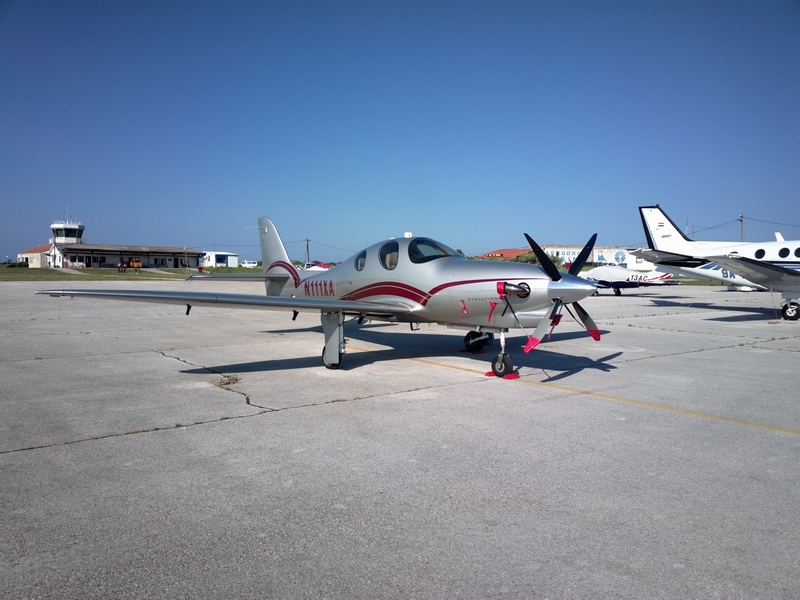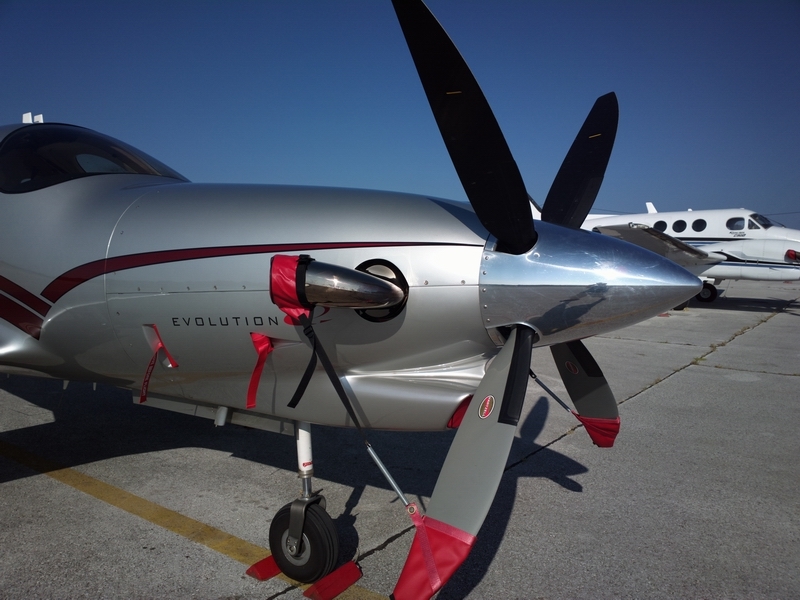Really interesting story of an austrian going around the world in a dynamic WT9 Link
There is a link to translate his website in english through google translate.
It seems that some legs were flown IFR. How is this possible ? Seems the WT9 can be EASA / LSA certified but LSA explicitly excludes IFR. How could one go around it ?
What I've been told is this: For things like the UK to Cape Town record breaker flight in the RV, the UK CAA gives a permission to fly IFR, with an unwritten understanding to not do it in Eurocontrol airspace.
So the European bits are filed "VFR".
I am not suggesting anybody does this but I wonder what would happen if you did try to file a Eurocontrol flight plan in a non IFR type. Would the aircraft type be in Eurocontrol's ICAO code list?
Obviously you could file a flight plan using an ICAO code that is IFR (I very much doubt they check if the reg # maps onto the ICAO code) but I am not suggesting that anybody tries that 
In Egypt, there exists only IFR. VFR pilots just file IFR flight plans and consider this to be CVFR.
Eurocontrol does not perform any database lookups regarding registration, airplane type and approved flight modes. Remember the case of that notorious Mexian/Iranian criminal in Berlin that bought a Learjet from the museum in Altenrhein/Switzerland and flew that happily around Europe without a pilot license, CoA, maintenance, etc. until he made the mistake of running out of fuel in Denmark?
Remember the case of that notorious Mexian/Iranian criminal in Berlin that bought a Learjet
Bad example. A Lear 24 is a CS25 aircraft and IFR certified, so it would be ok.
Eurocontrol does not perform any database lookups regarding .... airplane type....
Eurocontrol does perform database lookups. There is a model in BADA database, to give data about max. altitude, max flight level, cruise and approach speeds and other information. I recently had issues with that as my AC11 data was updated with the normal aspirated version data, so I wasn't able to put a flight plan in for any level higher than FL170.
Eurocontrol does check the filed ICAO type against the performance figures but sometimes this is wrong. For example the TRIN type was limited to FL190 or 200. I got them to increase this to FL240 for the TB21 which is also TRIN.
I was amazed that nobody had raised that before in the preceding 15+ years in which the TB21 had been around, given how much better the upper airways are!
However it is obvious (from some unintended cockups) that the reg and type are not checked for consistency.
Expertimentals and IFR -- Sweden
A homebuild amateur from Germany forwarded me an email from the Swedish CAA where he asked them about flying IFR with an Annex II experimental aircraft registered in Sweden. Here's the answer:
A Swedish amateur built aircraft may fly IFR if the aircraft is properly equipped.
This is great! A Swedish experimental can roam freely in Europe (ECAC members to be precise). However, the ECAC agreement only grants the automatic entry permissions for VFR so technically speaking there is no approval to fly IFR from e.g. Sweden to Germany.
However, I think a Swedish experimental with IFR equipment and automatic ECAC entry permissions is a much better way to fly IFR in Europe than an N-reg experimental which would require overfly/entry permissions for each individual state. There are quite a few N-reg experimentals doing IFR in Europe, some of the owners even blog about it.
Can you put a Lancair Evolution onto the Swedish reg, and what is involved in getting it maintained?
Presumably Part M doesn't apply.


But if one needs a permit to fly IFR outside of Sweden, one is back to the same thing as before, isn't one - especially if "too many" people start doing this.
Flying your N-reg Lancair from Shoreham to Losinj IFR is slightly different from doing it with an SE-reg Lancair. For the N-reg, the aircraft isn't even supposed to be in Losinj and all the other countries' airspaces (assuming you didn't request permission from 5 CAAs before your trip) while the SE-reg Lancair is just not supposed to be on an IFR flight plan.
I have mentioned before that every airplane without a working DME or a working 2-axis autopilot when single pilot is completely illegal IFR in Germany's airspace and yet it happens all the time.
Difference between death row and sentenced to life I guess 
Don't know about the Lancair Evolution TP on X-reg in Sweden, but we have (had) a couple of IVs with pistons. As achimha says, IFR in Sweden is a matter of having the required equipment installed in the aircraft, not a particular aircraft. Generally, we're quite open to this sort of thing and I know that one guy was considering replacing his straight IV with a turbine IV years ago. Not sure why he didn't get around to it in the end.
Most IFR equipped X-regs in Sweden fly all over Europe that way, and they all just shrug their shoulders when asked about it. Besides, if nobody asks why say anything.
Before doing that I would look carefully at the aircraft I intend to use. Many of the earlier kitbuilts were not very good IFR platforms, squiggly and nervous - an autopilot being a must. Personally I want to know that I can hand fly in the soup if needed, not rely on electronics to keep the sunny side up.
You don't need to use an approved shop for the aircraft if you build it yourself and attend some EAA courses in maintenance. With a turbine it may be a different stpry but the general idea about an experimental is that you can learn to maintain it yourself, or if you built it you probably know it better than anyone else. Either way it is a much cheaper way of owning your own aircraft.
An 'experimental' aircraft will only have a limited airworthiness approval limited to the state of issue. You can fly it to other countries, subject to permission or the ECAC agreement, but that permission will usually be day/VFR only. That will usually be stated in Gen1.2 of that country's AIP or in an AIC.
I recently flew a N reg'd amateur built aircraft from the US to the UK and the permissions only restricted me to the limitations of the FAA, which permitted night and IFR. But those permissions were restricted to a limited period of about 2-4 weeks.
So your SE reg'd homebuilt may be able to fly IFR in Sweden, but not legally be operated IFR or permanently based outside Sweden.
There is a move to get IFR approval for permit aircraft in the UK which is making some progress, but that won't automatically equate to privileges in other countries.